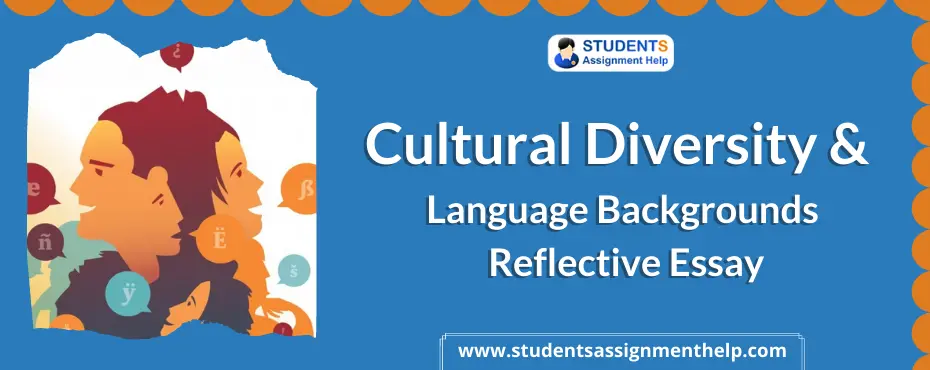Cultural Diversity & Language Backgrounds – Reflective Essay

The case scenario focuses on a student named Jia who lived in China, but from the past six months, she lived in America for study purposes. The teacher will engage in teaching the lesson on the lifecycle of a butterfly that would ensure a student to be culturally and linguistically responsive. However, the student Jia was struggling with English as from childhood she was more comfortable speaking the Chinese language.
It is important for the teachers to understand the cultural identities of their students as it will support them to communicate easily with the students. Through understanding the cultural identity teachers will have information regarding how the students will behave in the classroom and among the other students (Lopez et al. 2019). Thus, teachers are required to outlook students as cultural beings, hold the student diversity and validate the cultural identity of students.
With the help of doing so, the teacher will be able to create a model of tolerance and appreciation among the different students. In turn, the culturally diverse student will positively respond to the activities teacher who comprehends the cultural dynamics within the classroom. In regard to this, students will also strive towards building respectful rapport with the teacher as they feel that the educator truly cares about them and support them in attaining the academic achievement.
In addition to this, through reviewing the case study of Jia I have assessed that yes, it is important for the teachers to understand the cultural identities of their students so that they can overcome the cultural and linguistic barrier faced by Jia as she has faced difficulty in speaking English.
To understand the student’s contemporary cultures teacher are required to engage in –
- Authorizing the students to share their thoughts
- Integrating diversified study practices
- Implementing culturally significant teaching style
In order to broaden the cultural understanding of teachers, it has been assessed that intercultural experience plays a significant role as it addresses the diverse people with different languages as well as values (Cushner et al. 2006). While working as a teacher in the school I have experience intercultural aspect as there were many international students those who were studying in the school.
Thus, at the time of managing the international students, I would have been engaged in imparting good teaching practices that ensure my integrity in each and every classroom. With the intercultural environment in the classroom, I engage in effective teaching as I feature adequate skills and ability that easily connect me with my students and with the subject. At the time of imparting services as the teacher I have experience intercultural perspective as one of my students is Jia, from past six months she is living in America and originally she is from China that has diverse culture from America (Yoshida et al. 2018).
Through communicating with the student Jia I have found that she is struggling to speak English as she has a linguistic problem. In this situation as the teacher, I will engage in implementing strategies for linguistically responsive teaching that are associated with expressing an interest in the culture where I should ask international student regarding themselves, their culture as well as academic experience so that they may feel comfortable and ensure proper corporation with the teacher.
From the above intercultural experience in the classroom, I have learned that diversity exists in every group that needed to be maintained as it helps in gaining information regarding the new culture. On the other hand, it will also assist the teacher in enhancing their cultural leading that supports in building meaningful connections with the students and their families (Álvarez Valdivia & González Montoto, 2018). Furthermore, intercultural experience also enhances the interest of teacher in learning about the students that assist them in delivering the authentic learning experiences through enhancing cultural sensitivity.
References
Cushner, K., McClelland, A., & Safford, P. (2006). Human diversity in education: An integrative approach. New York, NY: McGraw Hill.
Yoshida, T., Indurkhya, B., Larson, J., Dujmovich, J., & Keith, B. (2018). Integrating intercultural communication into the language classroom. Speakeasy, 30.
Álvarez Valdivia, I. M., & González Montoto, I. (2018). Teachers’ intercultural competence: a requirement or an option in a culturally diverse classroom?. International Journal of Inclusive Education, 22(5), 510-526.
Lopez, T. B., Kemp, A. F., & McKenzie, R. (2019). Building authentic intercultural awareness in the business classroom. Journal of International Education in Business.
